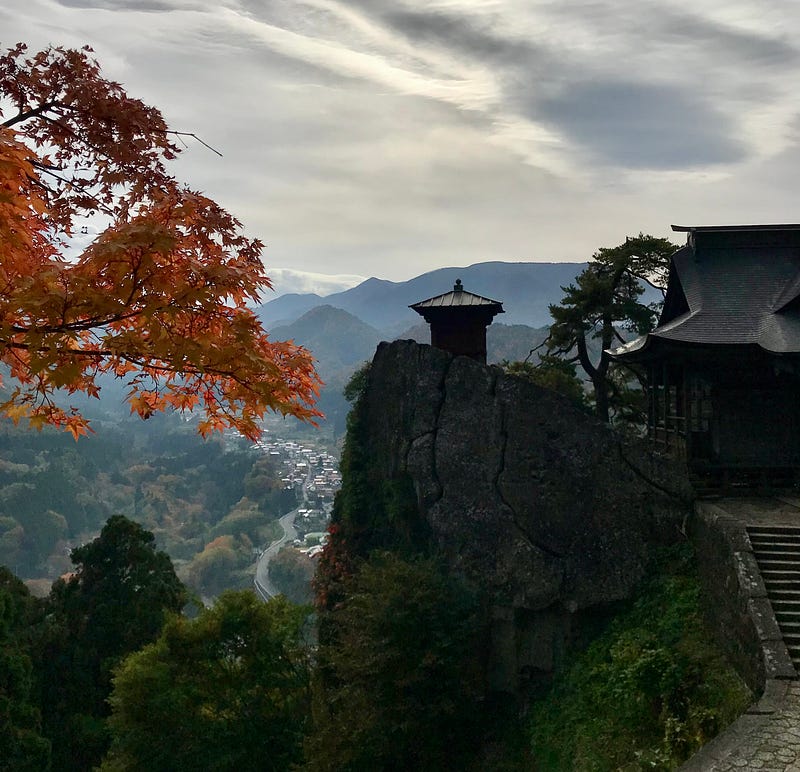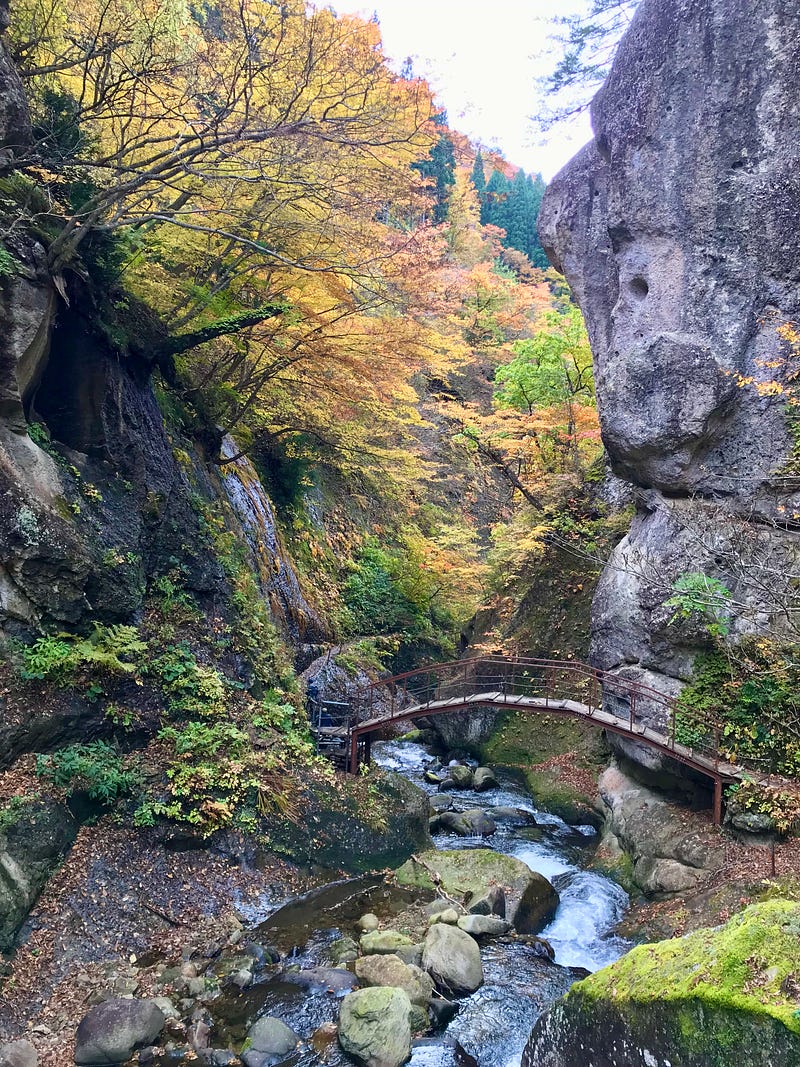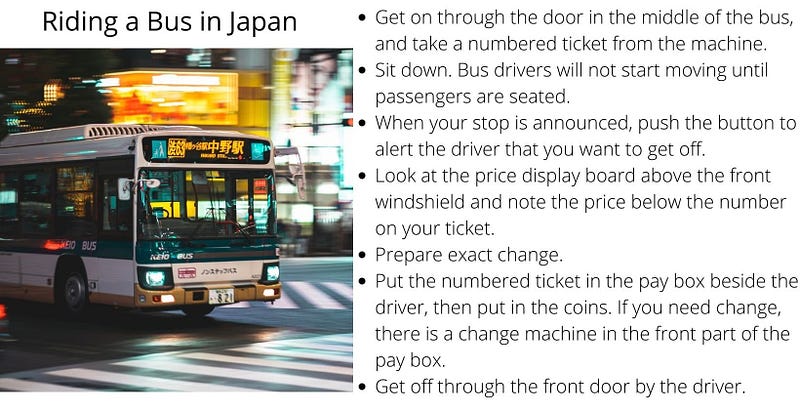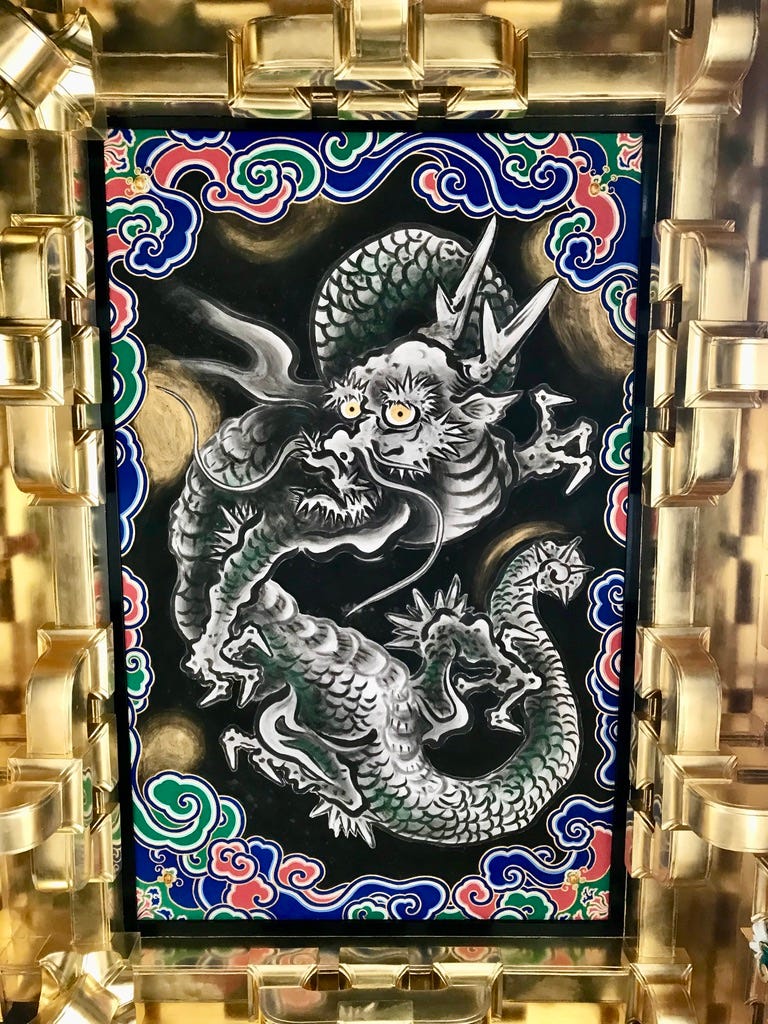Travel tips from a long-term Japanese resident

I have traveled in Japan a fair bit, made plenty of mistakes, and learned a few things. In the hopes of sparing you the trouble, I have compiled these tips.
1. Plan thoroughly, then be flexible.
Study a map of your planned destinations and choose a reasonable number of places to see. Give yourself plenty of time. You may get lost or see something interesting along the way that wasn’t on the map, as I have often experienced.
Case in point:
On the way to Yamadera last year, I was looking out the train window as we passed a tiny station and noticed a sign that showed a hiking trail. After visiting Yamadera, I went back to explore. It turned out to be a breathtakingly beautiful hike along the remarkably named, Kōyō River.

Weather can also be a reason to switch your plans around. I use AccuWeather each evening to check the hourly forecasts. That way, I can plan to hike on sunny days and visit museums on rainy days.
2. Carry a handkerchief.
Many restrooms do not provide paper towels, so people in Japan carry handkerchiefs to dry their hands.
3. Rent a bicycle.
Many cities have inexpensive bicycle rental schemes where you can pick up a bicycle at one location and drop it off at another.
4. Look into rail passes.
JR East, JR West, JR Kyushu, and Shikoku Railway offer rail passes for designated areas that are an extraordinarily good deal if you want to travel around the country by train. Once you purchase a rail pass online, you can also book tickets for reserved seats on the Shinkansen to pick up at the station. The passes can also be used for local trains and even many buses.
5. Be early.
Trains are on time. Be early.
Shinkansen doors open for less than 90 seconds. Be ready to get off before your stop.
6. Rural buses are few and far between.
Check the bus schedules and plan your visits around them. Some buses charge a set price, but most use a ticket system, as described below.

7. Keep tickets in a dedicated pocket.
Make a dedicated pocket for your tickets and the numbered ticket you must take when getting on a bus. That way you always know where to put them and where they are. No scrambling for lost tickets.
8. Bring your own shampoo and rinse.
If you have sensitive hair, bring your own shampoo and rinse. Japanese shampoo is made for thick, strong Japanese hair. It’s murder on my fine hair.

9. Open the window.
Many business hotels have central air conditioning that you cannot control from your room. You may have a dial to choose low, medium, or high, but no temperature control. In that case, don’t bother trying to get help from the front desk, just open the window.
10. Travel light.
You’ll be glad you did when carrying your suitcase up and down train station staircases. Elevators, though common in Japanese transit hubs, are more for the use of the elderly and mobility impaired than for typical commuters. Besides, small bags will be better for navigating your tiny hotel rooms.
11. Bring comfortable shoes.
Travel in Japan involves a lot of walking. Comfortable walking shoes are a must-have.
12. Bring your own supplements, medicines, and special sweeteners.
Do not expect to find supplements with Western level dosages in Japan. As well, replacement OTC or prescriptions drugs are virtually impossible to get.
If you need to bring medication, please check this link to the Ministry of Health, Labor, and Welfare’s website about procedures for bringing medicine into Japan.
The only sweetener commonly found in Japan is sugar, so if you are particular about your sweetener, bring your own.
13. Don’t panic if you lose something.
You may need a Japanese speaker to help you to call train stations, taxi or bus companies, hotels, or if you think you lost the item outside, the local police.
Among the many things people in my family have safely and successfully recovered are a backpack left on a bus, a wallet dropped on a sidewalk, and my camera which I left near a mountaintop viewpoint.
14. Carry cash.
Some places in the countryside do not take credit cards.
Last month, when checking out after spending a night at a Buddhist temple’s lodging, I was asked to pay in cash. This is not at all unusual.

15. Look up.
When visiting temples and shrines, look up. You might just be astounded at the amazing artwork on the underside of gates and on ceilings.
Bonus tip
Before you arrive in Japan, take a little time to learn these 10 Essential Japanese Phrases.
If you have questions about Japan or suggestions for articles, please add them in the comments. For more photos and information on Japan, follow me on instagram at: https://www.instagram.com/more_than_tokyo/




